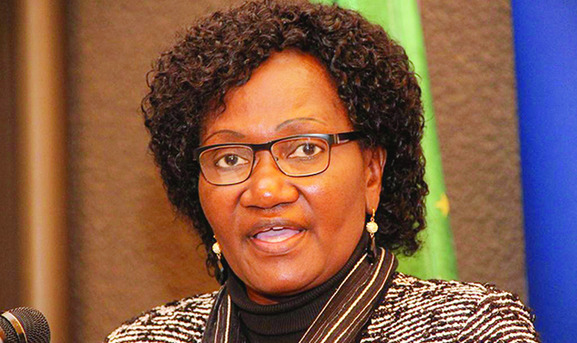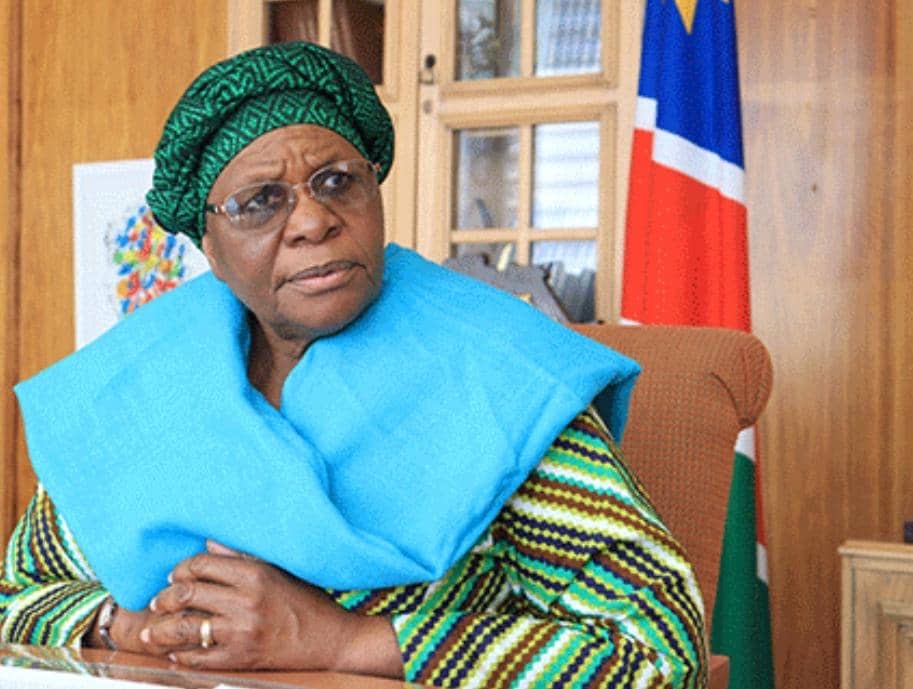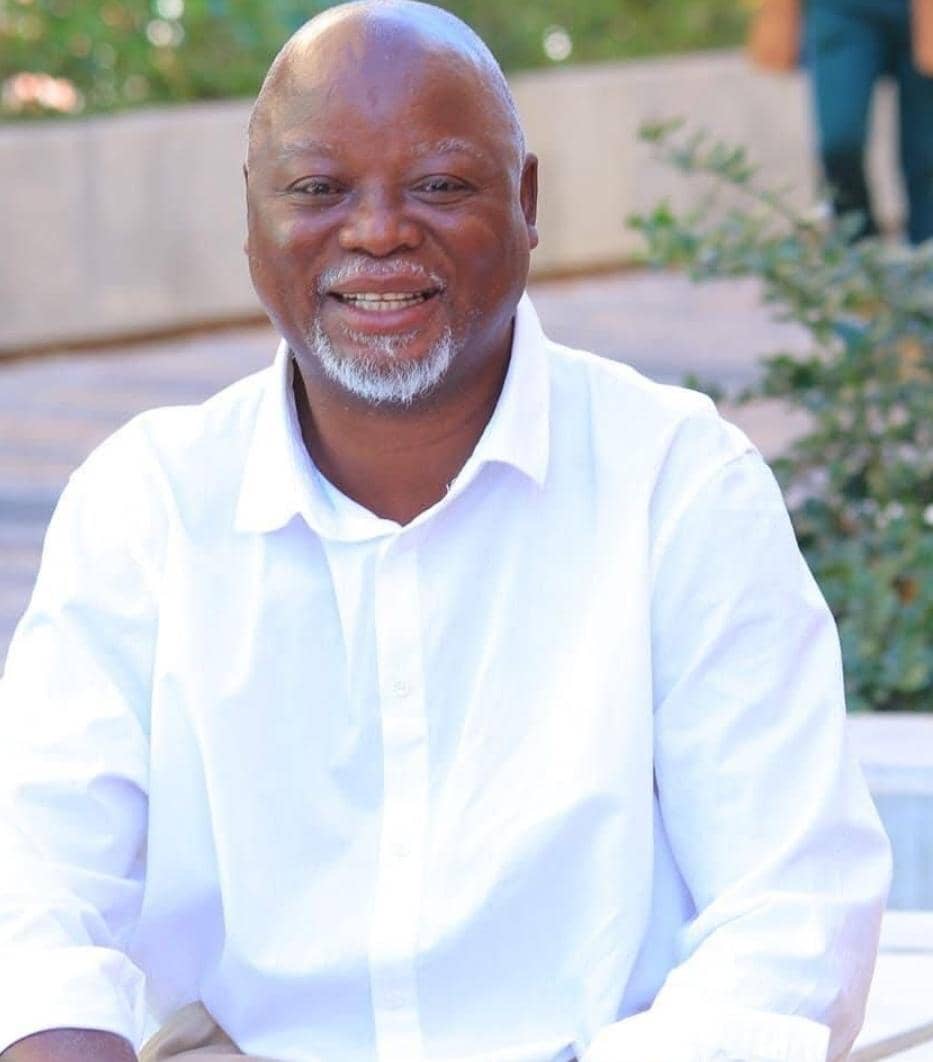The state-owned enterprises under the Ministry of Higher Education, Technology and Innovation will cost the government N$ 4,4 billion in subsidies this year.
Higher education minister Itah Kandjii-Murangi last week in the National Assembly motivated her N$4,7 billion budget allocation for the year.
The ministry has seven public enterprises under it, namely the National Commission on Research, Science and Technology (NCRST), the Namibia Training Authority (NTA), the Namibia Qualifications Authority (NQA), and the National Council for Higher Education (NCHE).
In addition, the ministry is responsible for the Namibia Student Financial Assistance Fund (NSFAF), the University of Namibia (Unam), and the Namibia University of Science and Technology (Nust).
These enterprises will cost the government N$4,4 billion in the new financial year.
The government will spend just over N$2 billion on 47 169 students through the NSFAF during the current financial year.
“In the current academic year, 20 122 new students and 27 047 continuing students were awarded about N$2,05 billion,” the minister said.
The ministry’s budget is N$50 million, Unam’s budget is N$1 billion, while N$505 million goes to Nust.
According to the budget books, the NCRST was allocated N$45 million, the NTA N$470 million, the NCHE N$20 million, and the NQA N$47 million.
The ideal budget allocation, the minister said, is that Unam gets about N$2,1 billion and that Nust’s receives N$1,1 billion.
“The primary challenge confronting the two public universities is the dwindling subsidy, which fails to meet the ever-growing demand for access to equitable, quality higher education.
“The funding framework for higher education, which is a scientific instrument to ensure equitable financing for higher education, always points to much higher budgets for Unam, about N$2,1 billion, and for Nust about N$1,1 billion,” Kandjii-Murangi said.
Moreover, the minister indicated that Unam has joined Nust in offering a bridging programme.
Nust has over the years been running a parallel bridging programme for students almost qualifying for admission.
Unam has been convinced by the government to accommodate high school graduates from Grade 11 upwards, and to avoid the gap created.
“However, engagements at the beginning of the year between the government and Unam’s leadership led to the birth of a bridging programme, called the Unam Preparedness Programme, which is accessible at several Unam campuses,” said Kandjii-Murangi.
Stay informed with The Namibian – your source for credible journalism. Get in-depth reporting and opinions for
only N$85 a month. Invest in journalism, invest in democracy –
Subscribe Now!







